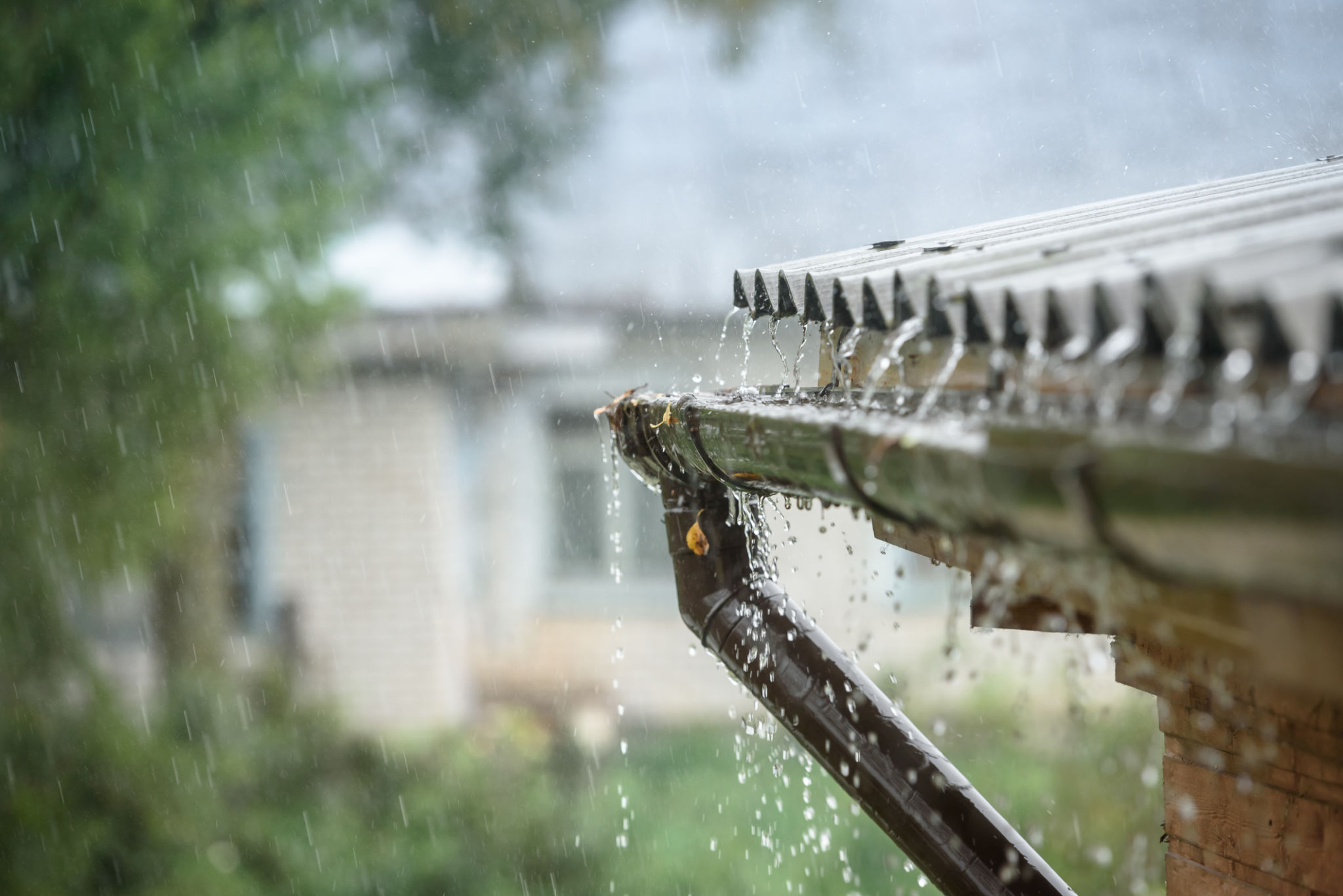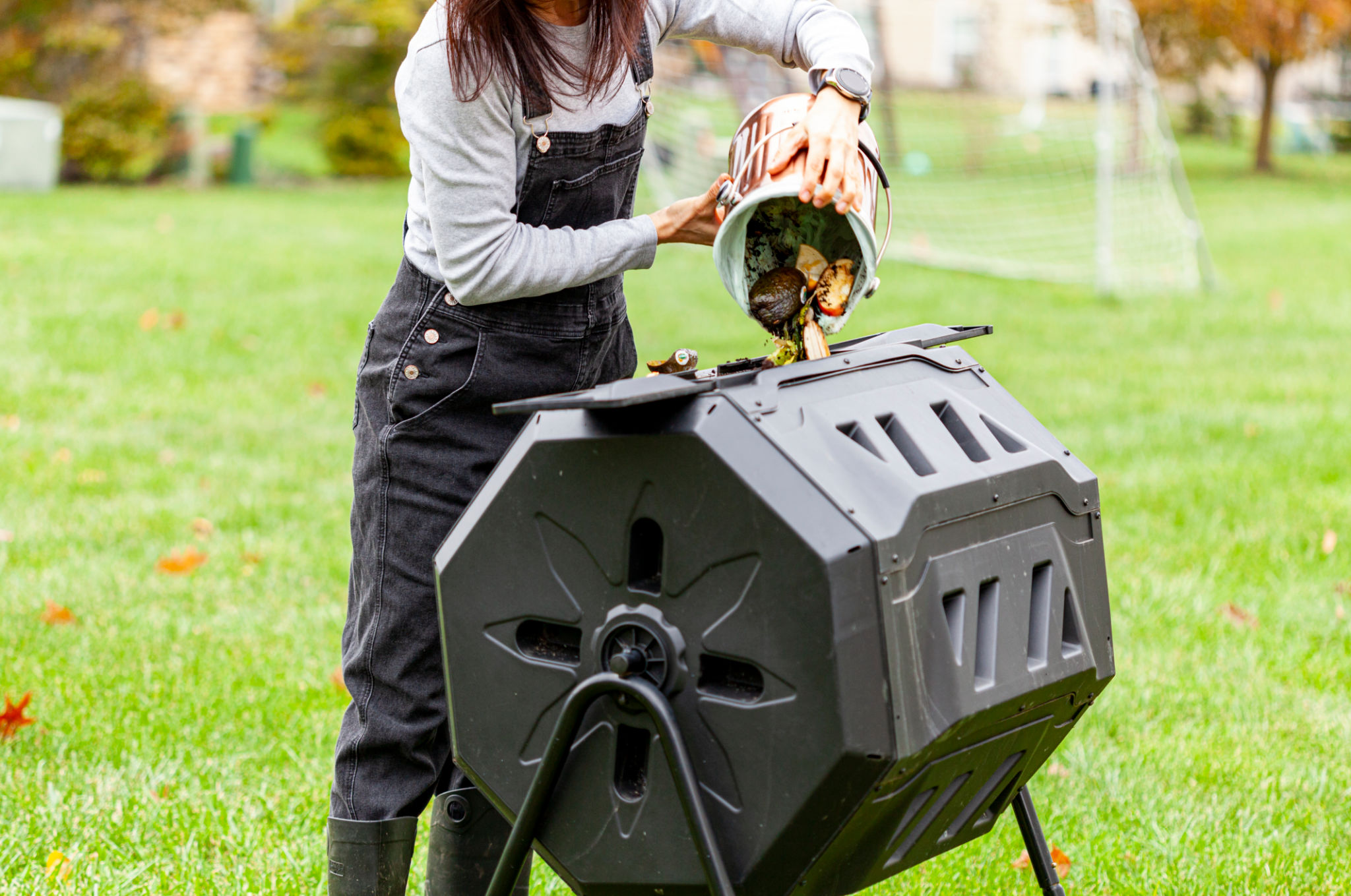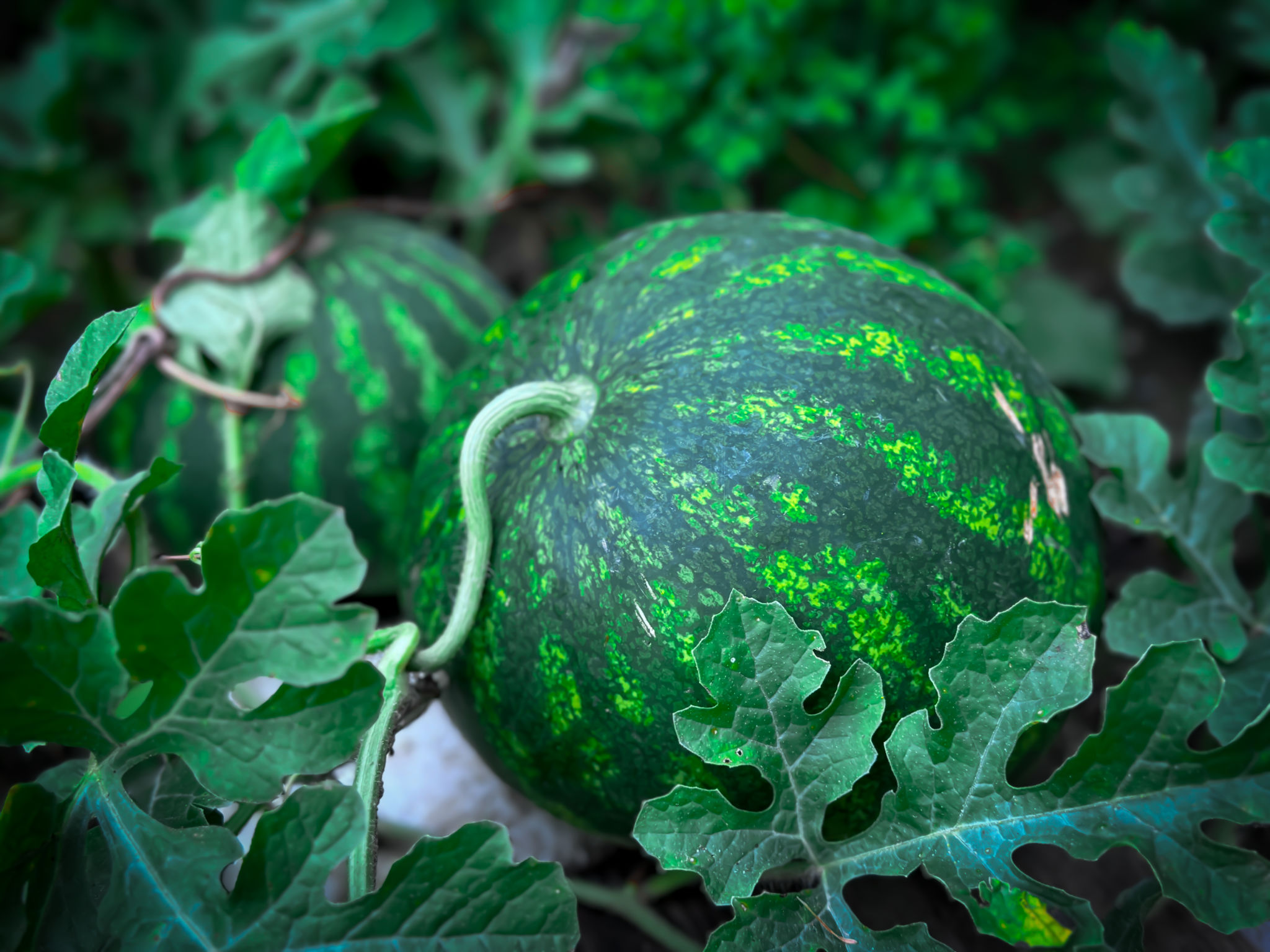Eco-Friendly Landscaping: How to Create a Sustainable Garden in Your Backyard
Introduction to Eco-Friendly Landscaping
Creating a sustainable garden in your backyard is a rewarding endeavor that benefits both the environment and your personal well-being. By embracing eco-friendly landscaping, you can reduce your carbon footprint, conserve resources, and create a healthy habitat for local wildlife. In this guide, we'll explore various strategies to transform your garden into a sustainable oasis.

Start with Native Plants
One of the most effective ways to promote sustainability in your garden is by using native plants. These plants are naturally adapted to your local climate and soil conditions, requiring less water and maintenance than non-native species. Additionally, native plants provide essential food and shelter for local wildlife, promoting biodiversity in your garden.
To get started, research which plants are native to your region. Visit local nurseries or botanical gardens for advice on the best varieties for your specific area. Consider incorporating a mix of perennials, shrubs, and trees to create a diverse and resilient landscape.
Implement Water-Saving Techniques
Water conservation is a critical aspect of sustainable gardening. By implementing water-saving techniques, you can significantly reduce your garden's water usage. One effective method is to install a rainwater harvesting system to collect and store rainwater for irrigation purposes. This not only saves water but also reduces your utility bills.

Additionally, consider using drip irrigation or soaker hoses instead of traditional sprinklers. These methods deliver water directly to the plant roots, minimizing evaporation and runoff. Mulching around plants also helps retain soil moisture and suppress weed growth.
Create a Composting System
Composting is an excellent way to recycle kitchen and garden waste into nutrient-rich soil. By creating a composting system in your backyard, you can reduce landfill waste and improve soil health. Composting is simple and requires minimal equipment—a compost bin or pile is all you need to get started.
Include a mix of green materials (such as fruit and vegetable scraps) and brown materials (like dried leaves and twigs) in your compost. Turn the pile regularly to promote aeration and speed up decomposition. In a few months, you'll have rich compost ready to nourish your garden.

Encourage Wildlife with Habitats
Sustainable gardens are not just about plants; they're also about creating habitats for local wildlife. Encourage birds, bees, butterflies, and other beneficial creatures by providing food, water, and shelter. Consider installing birdhouses, bat boxes, or insect hotels to attract diverse species.
Planting a variety of flowering plants will provide nectar for pollinators throughout the growing season. Adding a small water feature, such as a pond or birdbath, can offer drinking water for wildlife and enhance the beauty of your garden.
Avoid Chemical Pesticides and Fertilizers
Avoiding chemical pesticides and fertilizers is crucial in maintaining an eco-friendly landscape. These chemicals can harm beneficial insects, contaminate soil and water, and disrupt local ecosystems. Instead, opt for organic or natural alternatives.

Use companion planting techniques to naturally deter pests and encourage beneficial insects. For example, planting marigolds alongside vegetables can help repel nematodes. Additionally, homemade remedies like neem oil or insecticidal soap can effectively manage pest populations without harmful chemicals.
Conclusion
By following these eco-friendly landscaping practices, you can create a sustainable garden that thrives in harmony with nature. Not only will you contribute positively to the environment, but you'll also enjoy the beauty and tranquility of a thoughtfully designed outdoor space. Embrace the journey towards sustainability and watch your backyard transform into a vibrant, flourishing ecosystem.